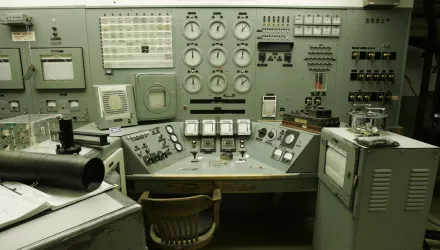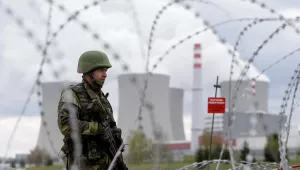IAEA Safeguards: Deciding Where and When to Inspect
The International Atomic Energy Agency is responsible for verifying the exclusively peaceful use of nuclear materials and facilities in almost every state in the world. With well over 1000 nuclear facilities to safeguard, and only a limited budget with which to do it, how does the IAEA decide where to focus its attention? In this MTA seminar, Stanton Nuclear Security Research Fellow Kalman Robertson will explain how the IAEA allocates its safeguards resources among states and how this may be changing as the IAEA develops its “state level concept” for safeguards.



